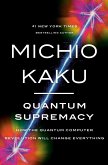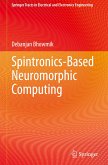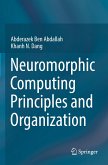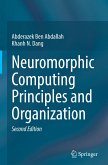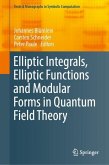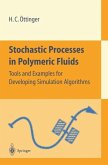This thesis makes substantial progress on the understanding of memory in neuromorphic devices. Neuromorphic systems are a promising path to energy-efficient computers of the future with processing power comparable to that of a supercomputer while consuming the energy equivalent of a meagre light bulb, thanks to their ability to perform computation and store memory at the same site. Firstly, this thesis pinpoints the heart of memory retention in neuromorphic devices based on a prominent VO2 material, which remained a matter of speculation until now. In particular, the thesis uncovers how persistence of metallic phases through electrical switching gives rise to memory effects. Secondly, the author had to exquisitely refine an emerging synchrotron-based diffraction-contrast imaging modality - dark-field x-ray microscopy (DFXM) - for use with systems with weak scattering yield. This allowed the direct observation of switching behavior and the capture of the memory-retention mechanism in real time by correlating images with a resolution approaching 100 nm range with resistance measurements. Moreover, the author reports the discovery that a substrate essential for fabrication of any film based planar devices is an active partner in their functional behavior, which can be further exploited as a new coupling mechanism for building a network of devices, ushering in a new venue of research. This thesis thus elevates DFXM to an indispensable research tool for studying quantum materials and devices alike at modern bright x-ray sources.
Bitte wählen Sie Ihr Anliegen aus.
Rechnungen
Retourenschein anfordern
Bestellstatus
Storno


